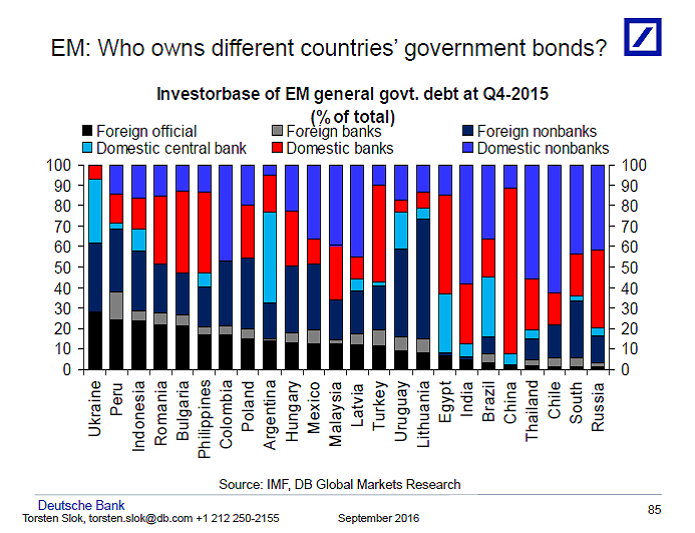If given a choice between investing with Buffett and billionaire investor George Soros, Taleb also said he would probably pick the latter.
“I am not saying Buffett isn’t as good as Soros,” he said. “I am saying that the probability Soros’s returns come from randomness is much smaller because he did almost everything: he bought currencies, he sold currencies, he did arbitrages. He made a lot more decisions. Buffett followed a strategy to buy companies that had a certain earnings profile, and it worked for him. There is a lot more luck involved in this strategy.”
[From: http://www.businessweek.com/news/2010-09-25/obama-s-stimulus-plan-made-crisis-worse-taleb-says.html]

I have high respect for your intelligence and thinking, and I believe that “Fooled by Randomness” and “The Black Swan” are must-read books for everyone. However, I believe your observation on Warren Buffett is wrong.
You justified your pick on Soros because you have observed his thousands if not millions of trades; therefore, giving you comfort that he is making decisions and his success, to quote what you said, is “2 million times more statistically evidence that his results are not by chance than Buffett does”.
You are implying that Soros is making thousands more decisions that Buffett. It seems to me that your understanding of Buffett is superficial, leading to your flawed conclusion.
During a meeting with MBA students from the University of Georgia in early 2007, Buffett told the group of students that “There were four Moody’s manuals at the time. I went through them all, page by page, over 10,000 pages twice. On page 1433, I found Western Insurance Securities. Its earnings per share were as follows: 1949 – $21.66, 1950 – $29.09. In 1951, the low-high share price was $3 – $13. Ten pages later, on page 1443, I found National American Fire Insurance….”
Again, in 2004, Buffett searched through the entire Korean stock market by reading Citigroup Investment Guide to Korean Stocks (that is over 1,700 companies). In 4 hours he found 20 companies that he liked and put $100 million to work.
These two examples illustrated that Buffett did make thousands of decisions of not to invest. Those who study Buffett intensely know that he works extreme hard and study all companies available from A to Z, leaving no stone unturned. Deciding not to buy is just as important as deciding to buy. However, inactivity is commonly misunderstood for not making any decision.
To quote Albert Einstein, “Not everything that counts can be counted, and not everything that can be counted, counts.”

 As a simplified illustration of how hard it is to time the market, assume that you are 70% accurate calling market turns. If you are in the market, two calls are required: a sell and a subsequent buy. The probability of being correct (buying back in at a lower price than your selling price) is 70% times 70%, or 49%. That shows you have to be very good (and most people are not much better than a coin toss) to be successful at market timing.
As a simplified illustration of how hard it is to time the market, assume that you are 70% accurate calling market turns. If you are in the market, two calls are required: a sell and a subsequent buy. The probability of being correct (buying back in at a lower price than your selling price) is 70% times 70%, or 49%. That shows you have to be very good (and most people are not much better than a coin toss) to be successful at market timing.



